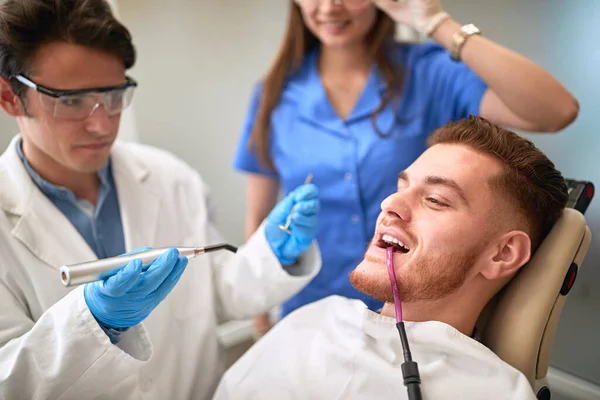A Guide to Orthodontic Mastery for the Perfectly Straight Teeth
- Written by The Times
Teeth that are perfectly straight not only look good but they also help to keep your mouth healthy. A specialist area of dentistry called orthodontics is concerned with repositioning crooked jaws and teeth. We'll look at the several orthodontic procedures available to help you have the perfect smile in this guide to orthodontic mastery. While achieving a perfect smile through orthodontics offers significant health benefits, some cases might require the expertise of a dental implant specialist. If teeth are missing entirely, dental implants Boynton Beach FL, can provide a natural-looking and long-lasting solution, restoring both function and aesthetics.
Orthodontic braces are among the most widely used procedures. Metal brackets are the main component of braces, and wires join the brackets to the teeth. To gradually shift the teeth into their ideal positions, orthodontists will change the wires' tension. There are now more covert alternatives to conventional metal braces, which are nevertheless extensively utilized. Both lingual and clear braces are intended to be unnoticeable.
Overview Of Orthodontic Services in Gunnedah
Services for orthodontics in Gunnedah provide a variety of procedures to assist patients in obtaining straighter teeth and a more attractive smile. These services are provided by licensed orthodontists who focus on treating tooth and jaw irregularities. For those who have crooked, crowded, or projecting teeth, orthodontic treatment can change their lives.
Braces, clear aligners, retainers, and appliances are just a few of the treatments available as part of Gunnedah's orthodontic services. The most popular type of orthodontic treatment is braces, which entail attaching metal brackets to the teeth and connecting them with a wire that gently presses the teeth into the correct position over time.
What Is Orthodontic
Dentistry's field of orthodontics is concerned with the identification, avoidance, and treatment of malocclusions or anomalies in the position of the teeth and jaws. Many dental problems, such as crowding, overbites, underbites, crossbites, and gaps between teeth, can be treated with orthodontics.
Braces, which are metal or ceramic brackets attached to the teeth and connected by wires and elastic bands, are frequently used during orthodontic therapy. These braces gently press on the teeth over several months or years, gradually moving them into the ideal position.
Common Orthodontic Procedures
Orthodontic therapies are typical dental treatments used to align the bite, straighten teeth, and improve a person's smile's overall appearance. Several people get orthodontic treatment to realign their teeth, relieve crowding, or enhance their facial features. Braces are among the most often used orthodontic treatments.

Braces are dental appliances that apply pressure to the teeth and progressively reposition them using wires and brackets. Depending on the patient's preferences, braces might be composed of metal, ceramic, or even transparent materials. Invisalign is yet another common orthodontic treatment. Traditional braces can be replaced with an inconspicuous and comfortable Invisalign clear aligner system.
Advantages of Orthodontic Treatment
The goal of orthodontic treatment, a specialist area of dentistry, is to realign mismatched teeth and jaws. The procedure uses a variety of orthodontic devices, including braces, aligners, and retainers, to enhance the patient's overall bite and smile. Although receiving orthodontic care can be expensive and time-consuming, many advantages make it a great investment in a patient's overall health and well-being.
Improved dental health is one of the most important benefits of orthodontic treatment. Tooth decay, gum disease, and jaw pain are just a few of the oral health problems that can result from misaligned teeth and jaws. To better prevent these issues from happening, orthodontic therapy involves adjusting these misalignments.
















